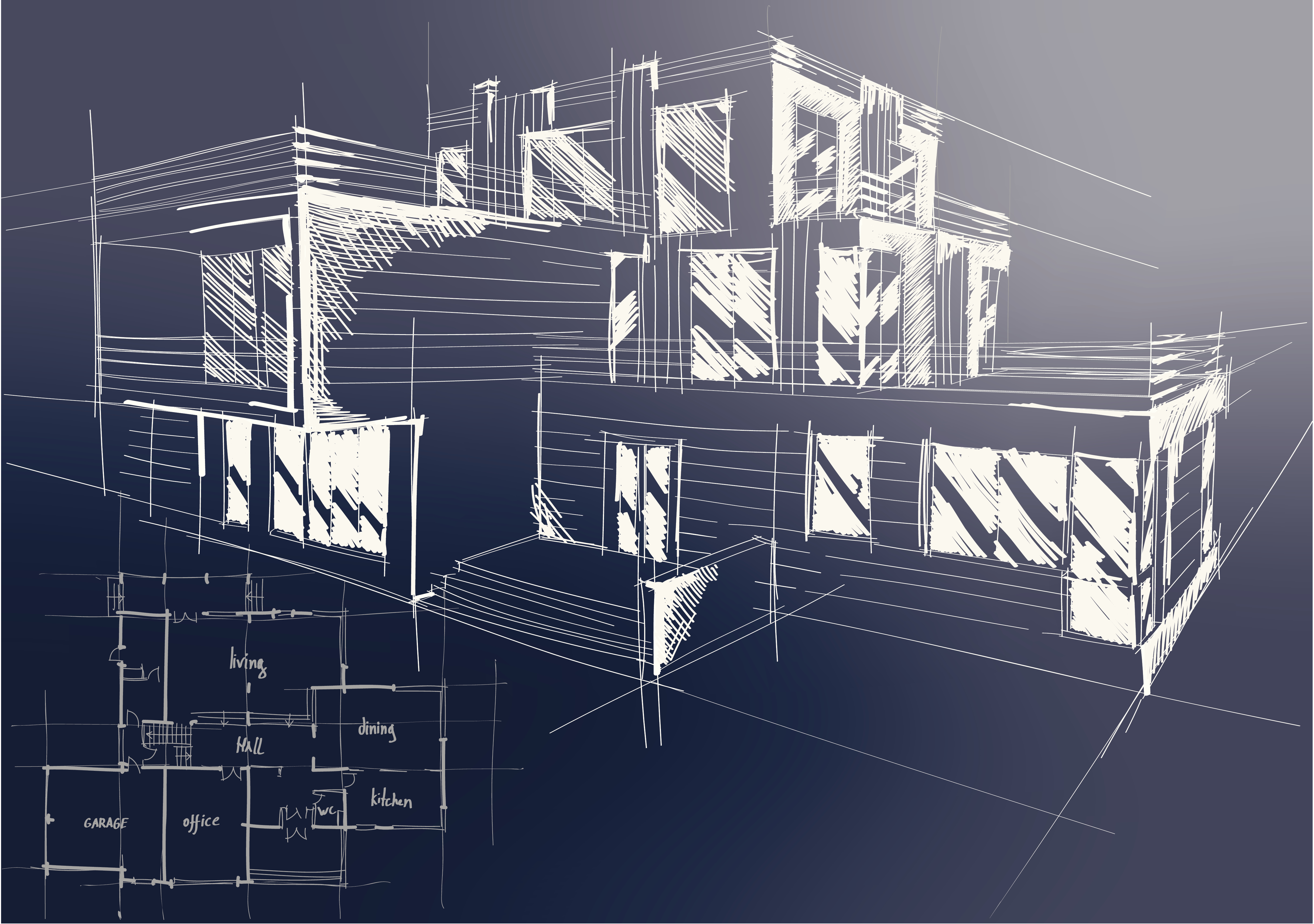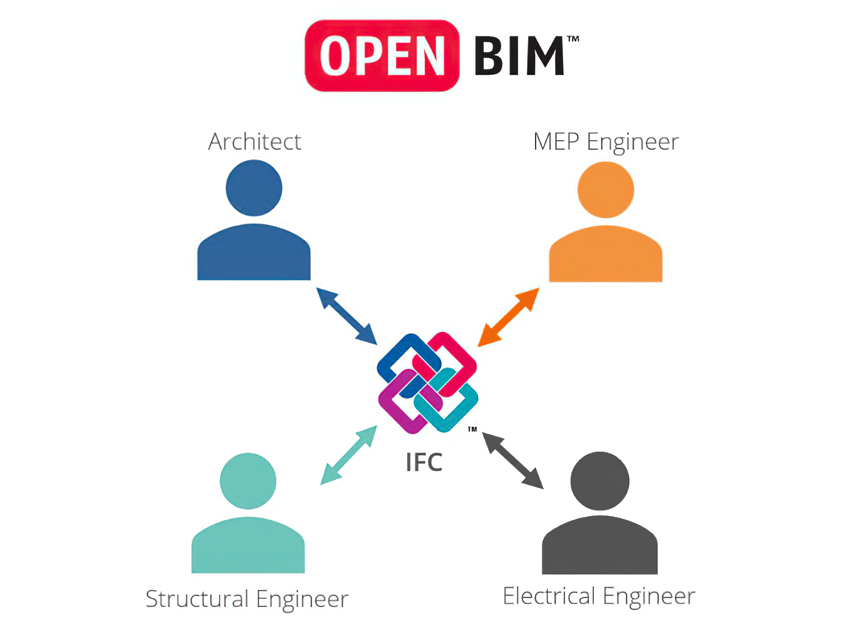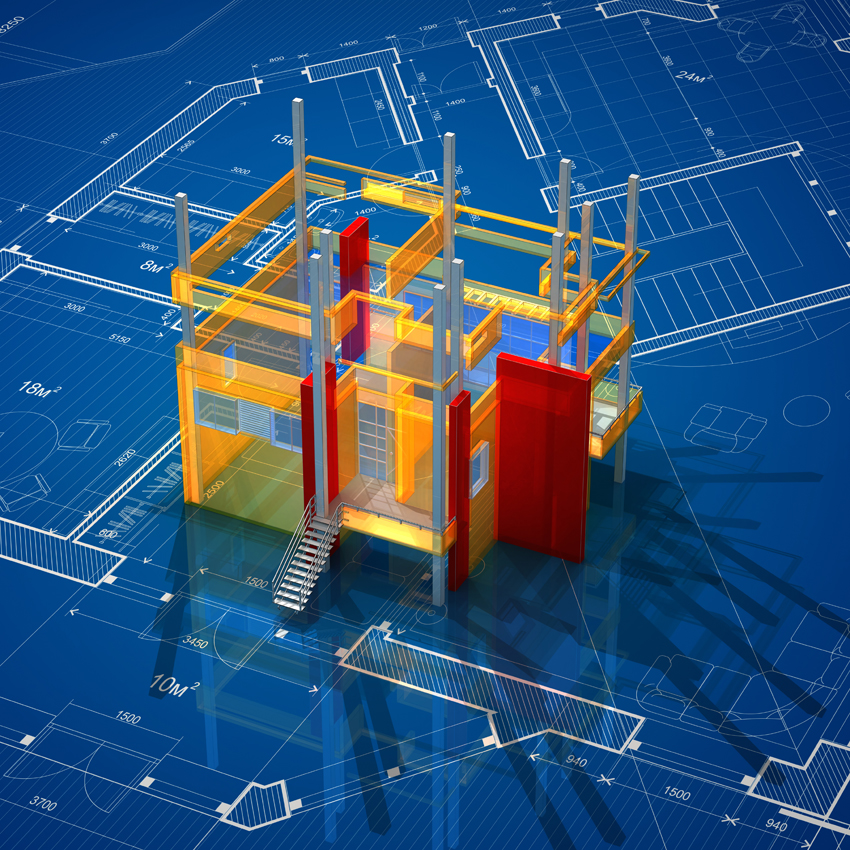The Future is BIM
 1 AIA LU/Elective; 0.1 ICC CEU; 1 IIBEC CEH; 0.1 IACET CEU*; 1 AIBD P-CE; AAA 1 Structured Learning Hour; This course can be self-reported to the AANB, as per their CE Guidelines; AAPEI 1 Structured Learning Hour; This course can be self-reported to the AIBC, as per their CE Guidelines.; MAA 1 Structured Learning Hour; This course can be self-reported to the NLAA.; This course can be self-reported to the NSAA; NWTAA 1 Structured Learning Hour; OAA 1 Learning Hour; SAA 1 Hour of Core Learning
1 AIA LU/Elective; 0.1 ICC CEU; 1 IIBEC CEH; 0.1 IACET CEU*; 1 AIBD P-CE; AAA 1 Structured Learning Hour; This course can be self-reported to the AANB, as per their CE Guidelines; AAPEI 1 Structured Learning Hour; This course can be self-reported to the AIBC, as per their CE Guidelines.; MAA 1 Structured Learning Hour; This course can be self-reported to the NLAA.; This course can be self-reported to the NSAA; NWTAA 1 Structured Learning Hour; OAA 1 Learning Hour; SAA 1 Hour of Core Learning
Learning Objectives:
- Describe how BIM software plays a role in an architecture firm’s project productivity and strategic initiatives.
- Explain how OPEN BIM leads to seamless collaboration and transparency.
- Discuss the benefits of using BIM's fluid design capabilities.
- List examples of how BIM supports virtual collaboration using digital delivery.
This course is part of the Business of Architecture Academy
Early 3-D rendering software produces computer-generated images through different techniques. In the early 1980s, renderings were limited to flat images or images with basic shadows. As software advanced, new features allowed users to manipulate geometrically and topologically consistent 3-D objects. By the end of the 1980s, many different companies were producing CAD programs that were used widely in the engineering architectural fields.
Newer 3-D computer graphics processes are automated, and they convert 3-D wireframe models into 2-D images. These images may be photorealistic or styled for a specific purpose.
Modern software allows for photorealistic renderings and panoramas, and it can provide real-time walkthroughs or virtual tours of buildings and other animated effects.

3-D sketches provide detail that simple line drawings cannot.
Meeting the Goals of a Firm
Architecture tools must evolve in order to meet the goals of a firm and everyone else involved in the project. Design processes of the past fulfilled the needs of the AEC industry to a certain extent, but there were some obvious problems. Now, in comparison to the possibilities of today’s new digital workflows, they no longer cut it.
Before BIM, for instance, the design process was fragmented, sequential, and had much less flexibility in general. The fragmented aspect especially opened the door for miscommunication, misinformation, and errors. A slew of separate drawings in 2-D were made to communicate a 3-D project, which ultimately left a lot lost in translation.
BIM consolidates all of the project’s pertinent work into a central file where it can be streamlined, providing a space where those working on the project can engage and collaborate. That engagement includes clients for whom the firm can introduce particular parts of the design process using improved project visualization capabilities, such as 3-D and virtual reality (VR) technologies. This type of workflow keeps everyone on the same page—and not a 2-D page.
While 3-D modeling allows for photorealistic qualities based on geometry, it does not focus on the functions within the walls of the building or strategies for how to create a whole-system structure. BIM stores accurate and detailed data about the structural properties of a building, such as electrical systems, heating, ventilation, air-conditioning, equipment, plumbing fixtures, and the dimensions of materials specified for the project. It stores technical information about building the specific materials being used, including porosity, density, and strength.
With BIM as a tool, a firm can engage with the planning phase by combining reality capture and real-world data to generate context models of the existing built and natural environment.

BIM does not stop at final construction; it is a cradle-to-grave technology that carries over to the operations and maintenance of finished buildings.
In the design phase, architects can conceptualize, analyze, detail, and document the project design as well as use BIM data to inform scheduling and logistics for every step of the planning process. There is plenty of room for creativity in this phase, because BIM allows for big- and small-picture adjustments for possible designs and scenarios, even in terms of logistics.
In the build phase, fabrication can take place using BIM specification. Construction logistics can be shared with various players, including tradespeople and contractors, so that an optimum timeline can be pinned down or adjusted in real time—resulting in an efficient way forward.
BIM does not stop at final construction; it is a cradle-to-grave technology. BIM data can carry over to the operations and maintenance of finished buildings, ensuring that the systems of those building continue to run smoothly. BIM also can be applied to the project down the road, including cost-effective renovations or, if necessary, efficient deconstruction.
One issue with a system that attempts to centralize so many dimensions of a project is the matter of scalability. Early versions of BIM tools that allowed for digital collaboration suffered from technological limitations. As the project developed and the files and team sizes grew, synchronization queues lagged, and the workflow came to a standstill. In the next section, we will look at how that problem has been addressed in BIM cloud solutions, allowing firms to enhance their productivity and utilize the promises of BIM in exciting ways.

A collaborative model-based approach means that everyone can be on the same page from the beginning, meaning it is less likely there will be costly changes or miscommunications down the road.

Combining design freedom with accurate model data further empowers architectural ingenuity.
HOW OPEN BIM NURTURES COLLABORATION AND ENHANCES THE AEC INDUSTRY
There is often a fractured approach to AEC design practices when different design disciplines do not mesh between software platforms, resulting in a lack of collaboration. This section explores the meaning of open standard and how the open standard aspect of BIM invites collaboration and elevates the quality of construction for the AEC industry.
IFC provides a standard method for exchange of data between disciplines.
The Meaning of Open Standard
Probably one of the greatest examples of an open standard is the internet. The internet is based on open, nonproprietary standards that allow multiple devices, services, and applications to work together across a wide, dispersed network of networks. Its rapid development and innovation was made possible by the fact that it could be accessed and engaged with by anyone.
There are a lot of variations and meanings of open standard, some of which require levels of approval by committees or an access fee. Still, many people in the open-source software community insist that an open standard is only open if it can be freely adopted, implemented, and extended without barriers.
Open standard does not mean that there are no standards. Just like the AEC industry needs standards to execute projects, architectural software needs consistency in regard to process, products, and services—a way to ensure quality and guide best practices so that innovations can emerge.
Open standards for architecture are owned by a standards development organization but are openly available with no licensing fee and no requirements for how the software is used. With accessible information, users get a chance to develop a deep knowledge of the software and can sometimes impact the way that software is developed in the future. It is a democratic approach that is also logistically necessary for the AEC industry. One reason is that there are so many stakeholders in a building project that need to be part of the process. A proprietary barrier would slow down or halt the project, and a system where data could not be freely exchanged during the building process would collapse into miscommunication and technological dissonance.
Currently, industries are moving from human-readable documents to machine-readable data, which will also require the flexible approach of open standard. In the same way, open BIM will need to offer a way for efficient communication between machines using model-based data, shared terminology, and common methods in order to keep in step with an evolving industry.

All objects in a BIM project are linked and updated as changes in design are made.











